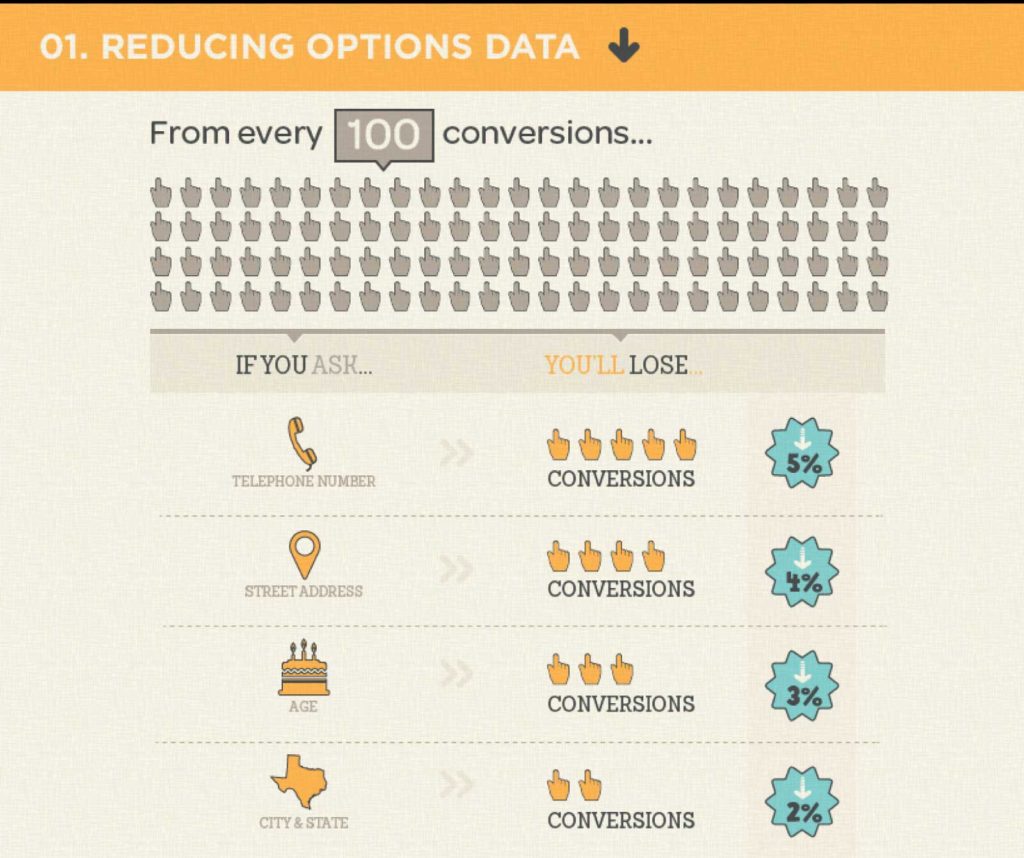What is Hobson’s +1 choice?
A Hobson’s choice is the necessity of accepting one of two or more equally objectionable alternatives.
Since a person may not accept what is offered in general, the customer is actually faced with two options in most cases. The first is to take something, which means he or she can buy it. The other option is to leave it, which means no buying.
And as we all know, most online users don’t buy the product; they go for the second option. The Hobson +1 effect is the way to counteract this “not converting” habit.
Where does Hobson’s +1 choice come from?
Hobson’s choice story comes from the 17th century from Thomas Hobson, a wealthy landowner and stable owner with more than 40 horses. He gave only one option to those who came to ride his horse and took the closest horse to the barn door. Why did he do that? Because he didn’t want the best horses to be overworked. If he let people choose for themselves, they would have chosen the best horses all the time. So he told visitors that they could only take the horse available for them, or not at all. Basically, he reduced the number of choices to give his “users” the bare minimum of the options.
In a similar vein, you may have heard the Choice Paradox from Barry Schwartz in TED before:
This thinking simply shows how people get overwhelmed when they have a lot of options to choose from. The important part of the Paradox of Choice concept is that it comes into play after only three or more choices. The fact is that giving people two or more choices is altogether better than offering just one or nothing at all.
Many studies have shown that when faced with Hobson’s choice, we are more likely to go from the “take it” option to the “leave it” option. Whereas if a second option is added, we tend to choose one of the options available to us. This cognitive bias is explained as follows: When faced with the “take it or leave it” option, people use all of their mental energy to decide whether to buy a product or not.
Additionally, the same research has shown that we use the same mental energy to compare these offers rather than consider the “leave it” option given the two options. This increases the probability of making at least one of the “active” choices. When there is only one option that is often said to be the same as “take it or leave it”, choosing between taking what is offered to you or not taking anything is presented with two options. There is no other alternative.
Another example of a Hobson’s choice would be from Henry Ford’s book titled My Life and Work. He says:
“Any customer can have a car painted any color that he wants so long as it is black”.
Henry Ford
Generally, the more options you have, the worse you will feel the buyer’s remorse after purchasing.
Why is that? Because your standards have risen. And now all you can think about is how good the other options could be. An article written by Thomas Van about human psychology even goes so far as to say that choice is the root of all unhappiness.
Simple tricks to increase conversions
So, I believe I made my case, and now move onto sharing some tips that could increase your conversion rates of your digital products
- Customize the social sharing buttons for your target audience and limit them on the page.
- Try to reduce the clickable items you list per page on e-commerce category pages.
- Define a goal based on a single CTA, an action that you will ask visitors to on each page. Try to eliminate the things that keep the users away from their main goals.
- Less may not always be better. Sometimes it works, sometimes it doesn’t. Sometimes you have to offer multiple pricing tiers and options. Find the right result for your product by testing it.
You know why Mark Zuckerberg wears the same t-shirt every day. He said many times, like Steve Jobs, that it was not a smart decision to choose a different t-shirt each morning. It takes some energy every time we make a decision.
The more options a consumer is presented with, the longer the decision-making process takes. And this demands more and more energy. At the end of the day, we prefer the option that seems the safest and easiest. Try to make your flows easier for your users. Give them fewer and fewer opyions, and see if this increases your conversion rates and sales.

